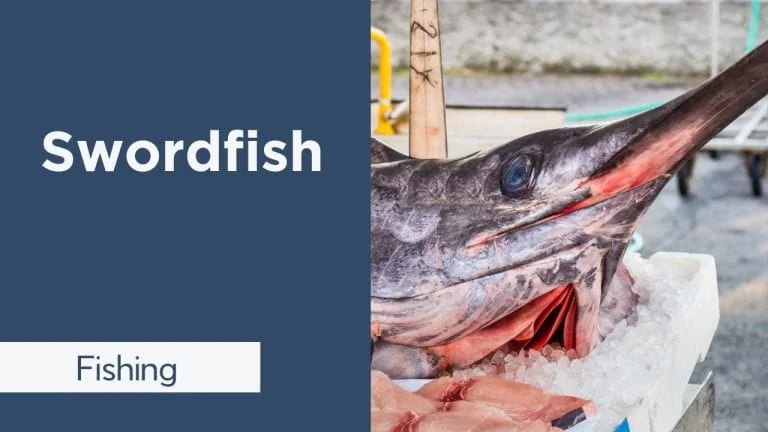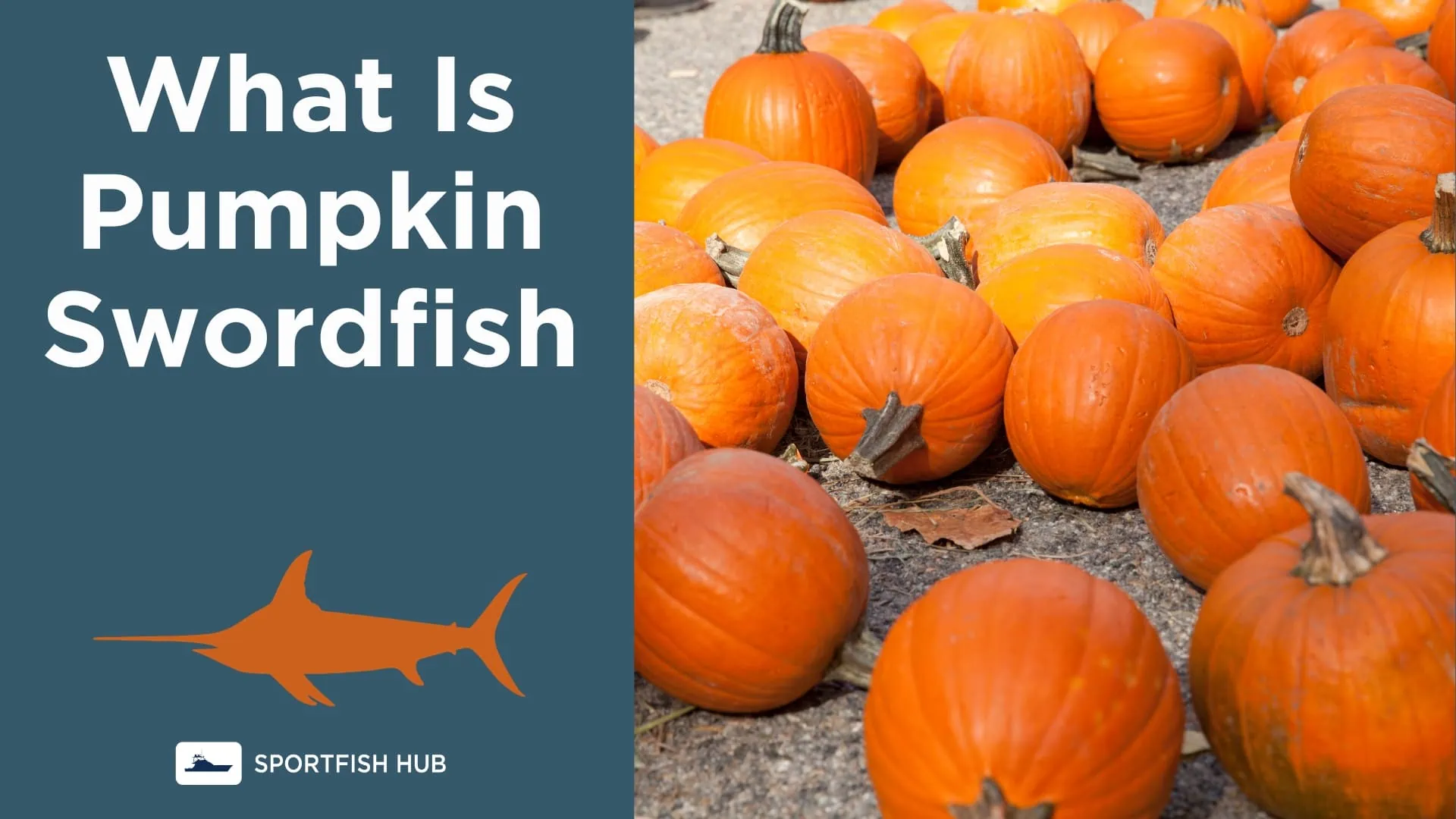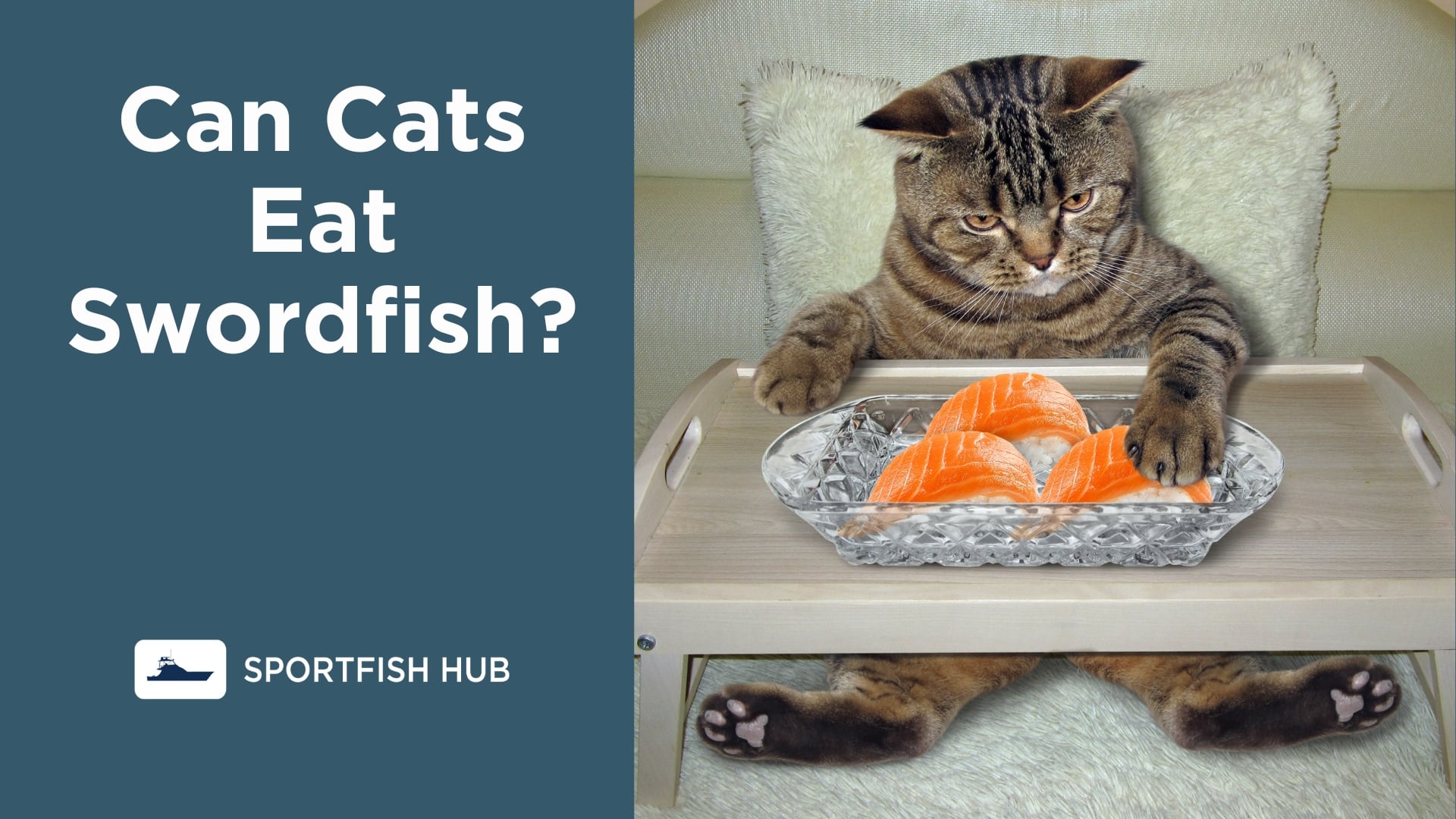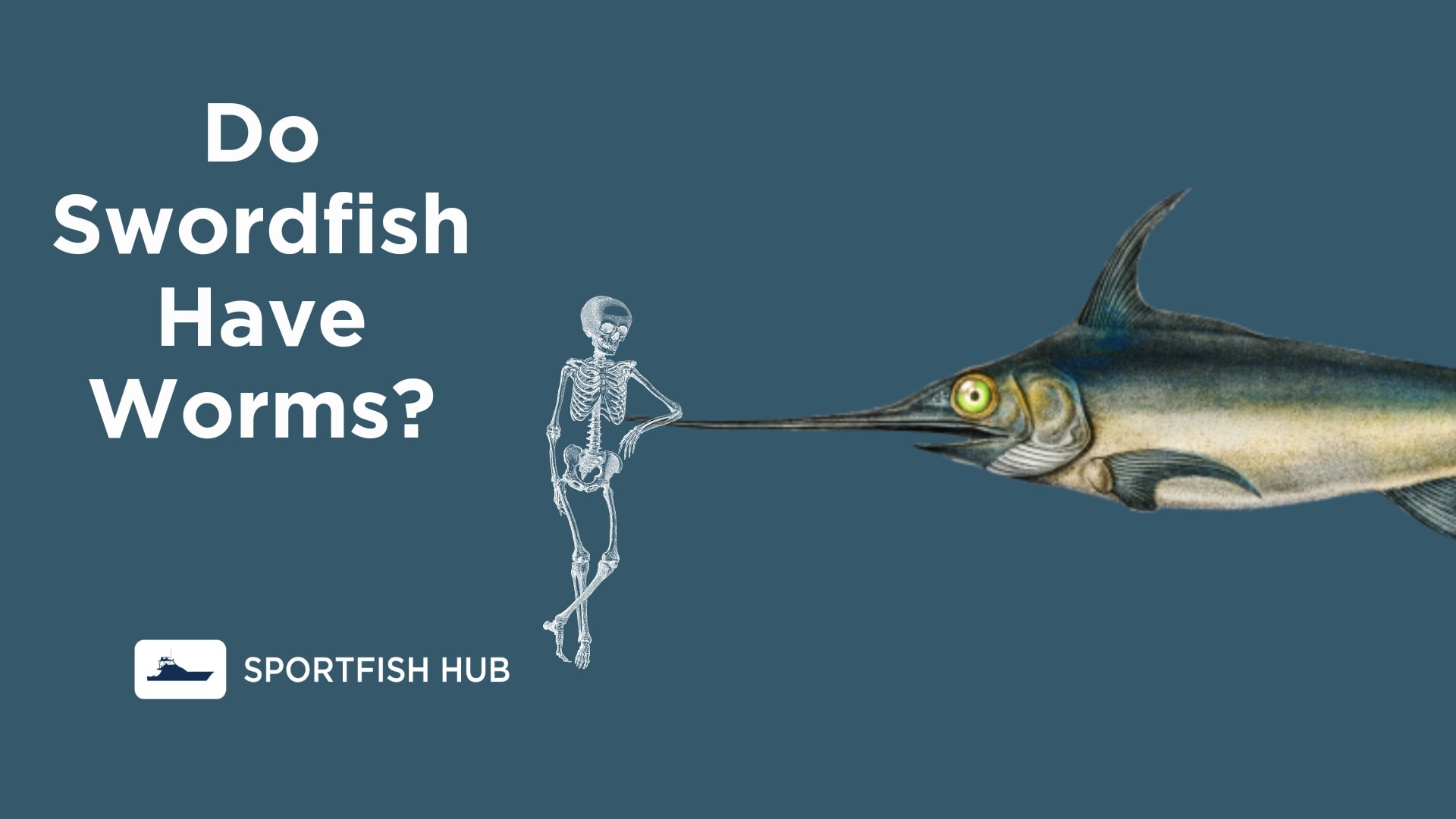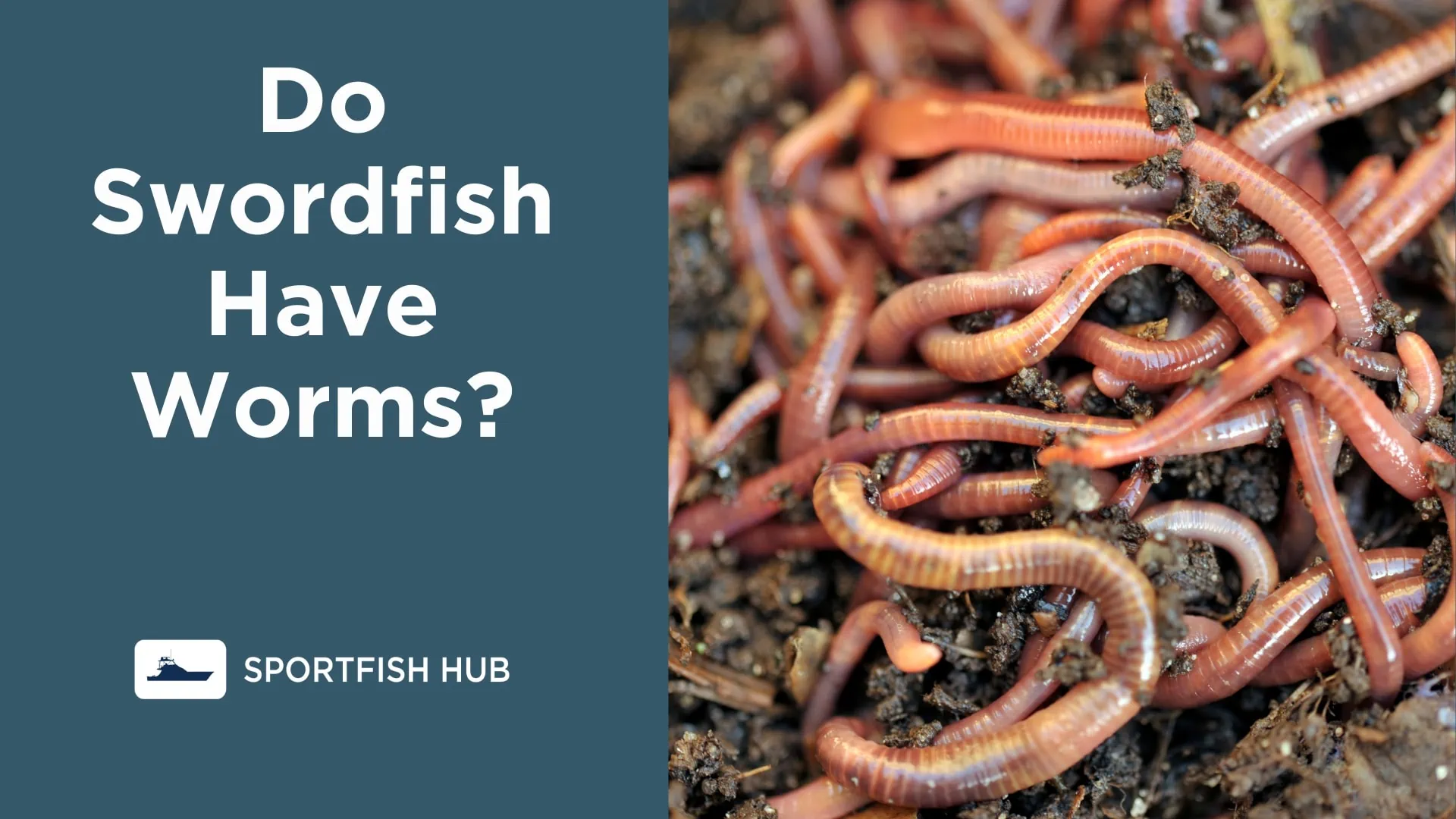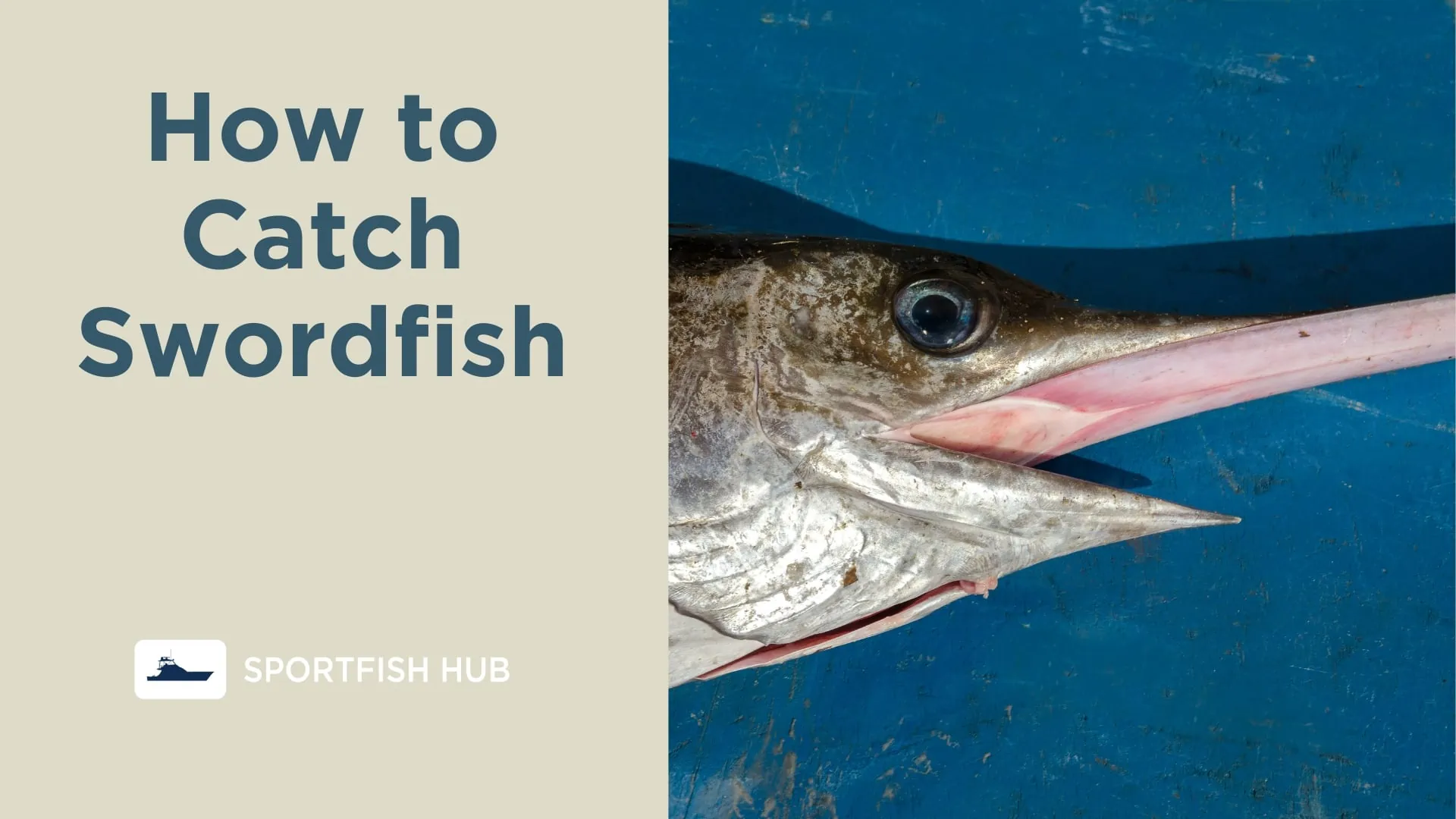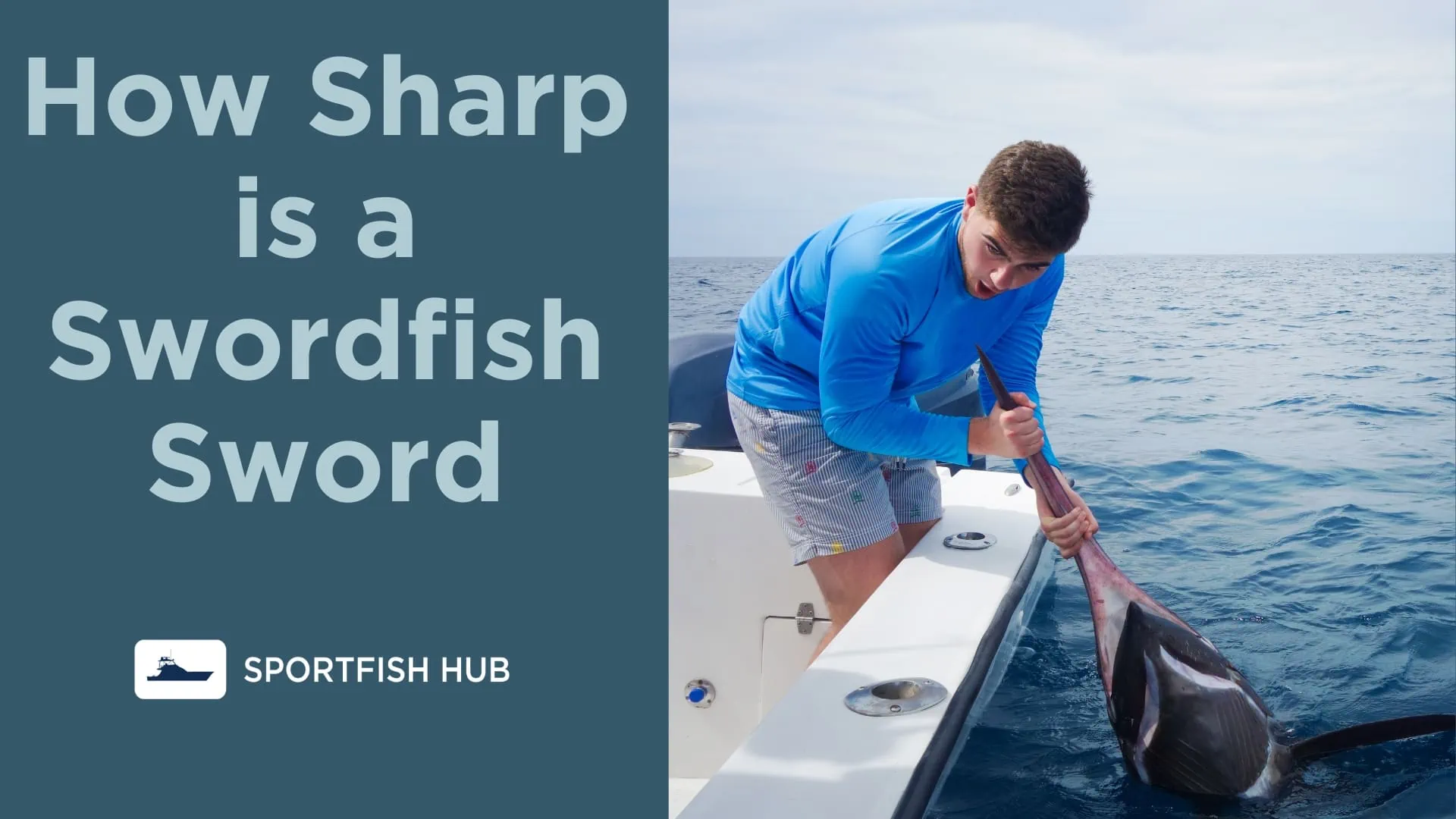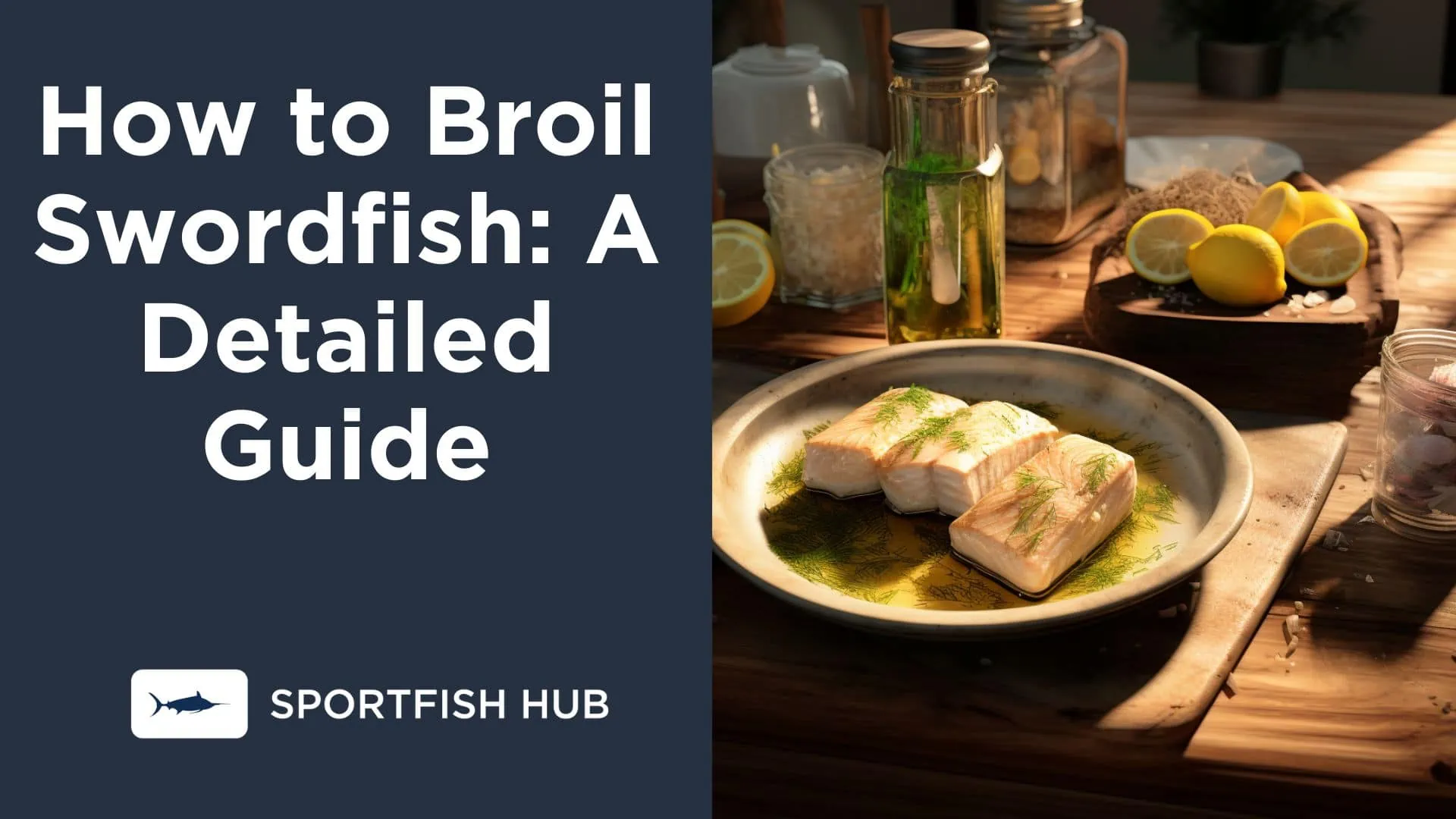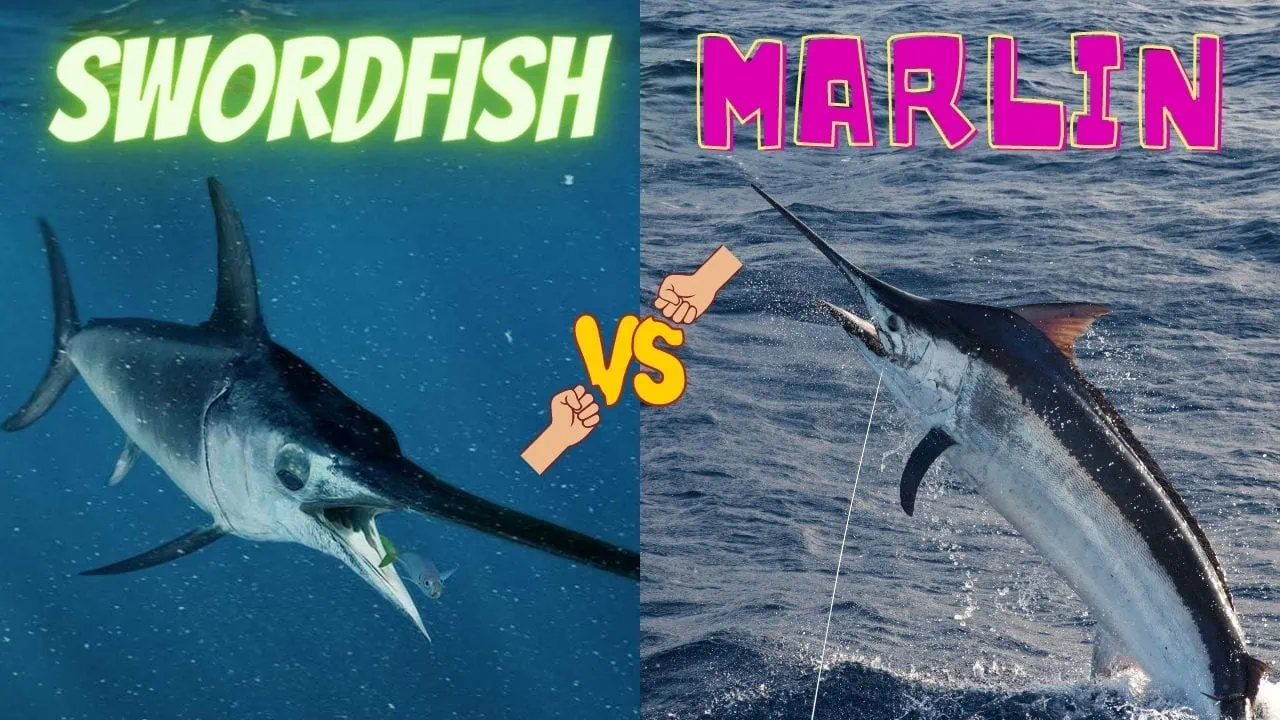The swordfish, which is the English name for (Xiphias gladius) is a powerful predator that inhabits the world’s temperate and tropical oceans. Reaching astonishing speeds and growing up to 15 feet long, this iconic marine species has captivated humans for centuries. Read on to learn all about the biology, behavior, and conservation of the mighty swordfish.
Table of Contents
- Swordfish Characteristics – What Does a Swordfish Look Like?
- Other Names For Swordfish
- Habitat – Where Do Swordfish Live?
- Diet and Hunting – What Does a Swordfish Eat?
- Reproduction and Lifecycle
- Swordfish Fisheries
- Preparing Swordfish
- Swordfish As Food
- The Legendary Swordfish
- Learn More About Swordfish
- Summary
| Swordfish Facts | Answers |
|---|---|
| Scientific Name | Xiphias gladius |
| Maximum Size | Up to 15 ft long, 1,400 lbs |
| Lifespan | Up to 9 years |
| Habitat | All tropical and temperate oceans |
| Diet | Fish, squid, crustaceans |
| Unique Adaptations | Bill for slashing prey, brain heater organ |
| Conservation Status | Not overfished in N. Atlantic, some other stocks depleted |
| Fishing Methods | Harpoon, rod & reel, longline |
| Food Uses | Grilled, broiled, baked, poached |
| Nutrition & Safety | High in mercury, limit intake to 1 serving per week |
Swordfish Characteristics – What Does a Swordfish Look Like?
Swordfish are named after their signature long, flat bill that resembles a sword. This extended upper jaw allows them to slash at schools of fish and stun their prey.
Other recognizable features include:
Adult swordfish have a dark brown to black back that fades to a lighter shade on the belly. They can reach lengths over 15 feet and weights exceeding 1,400 pounds, though most caught today are between 5-10 feet long.
Other Names For Swordfish
The swordfish has several other common names, including:
The broadbill swordfish. This name refers to the swordfish’s distinctive flat, sword-like bill that distinguishes it from other billfish species with rounded bills. “Broadbill” is commonly used as an alternative name for this fish, especially by fishermen.
Emperador. This is the Spanish common name for the swordfish, used in many Spanish-speaking regions.
Espada. Another Spanish common name that translates to “sword”.
Pez Espada. It’s literally “sword fish” in Spanish.
Agulha. The Portuguese name for swordfish.
Habitat – Where Do Swordfish Live?
Swordfish inhabit all tropical and temperate oceans, ranging from 45°N to 45°S latitude. In the Atlantic Ocean, they are found from Newfoundland to Argentina and also enter the Mediterranean Sea. Swordfish in the Pacific range from southern California to Chile.
These highly migratory fish move towards colder waters to feed in summer and return to warmer waters in winter to spawn. Though primarily found near the surface, they are capable of diving to depths over 2,500 feet in search of prey in the deep Indian Ocean waters.
Diet and Hunting – What Does a Swordfish Eat?
With their specialized anatomy, swordfish are formidable predators equipped for life in the open ocean.
They use their agile, torpedo-shaped bodies to pursue schooling fish, slashing through them with their sword. Swordfish are capable of stunning larger prey like tuna as well as swallowing smaller fish whole.
As opportunistic predators, swordfish will eat fish of all sizes from tiny larvae to large tuna and marlin.
Their diverse diet includes:
- Herring
- Mackerel
- Bluefish
- Sand lance
- Squid
- Crustaceans
To thrive in deep, cold waters, swordfish have special organs that warm their eyes and brain as much as 15°F above the ambient water temperature. This adaptation allows them to see and think more quickly when hunting.
Reproduction and Lifecycle
Swordfish take 5-6 years to reach sexual maturity. Spawning takes place year-round in warmer waters and seasonally in temperate areas.
Females can produce up to 29 million tiny eggs, which hatch after 2-3 days. The tiny larvae feed on zooplankton and grow quickly, reaching 15 inches in their first year. Swordfish live up to 9 years in the wild.
Swordfish Fisheries
Swordfish are harvested commercially and recreationally in many parts of the world’s oceans. They are a prized food source known for their firm, meaty flesh.
Swordfish fisheries are managed under international cooperation due to the migratory nature of this species. Regulations are in place to ensure swordfish and other billfishes are fished responsibly and populations remain sustainable.
Fishing gear used includes longlines, harpoons, rod and reel, and buoys. Minimum size limits are enforced to protect juvenile swordfish.
Preparing Swordfish
The mild, slightly sweet taste of swordfish makes it a delicious candidate for grilling, searing, and marinating.
Grilling Swordfish Steaks
Swordfish steaks should be cut at least 1-inch thick to hold up to the heat of grilling. Just 4-5 minutes per side is sufficient to cook swordfish to medium rare doneness. Sprinkle steaks with seasoning or marinate before putting them over heat.
Marinating Swordfish Fillets
Lean swordfish fillets also take well to marinades. Citrus juice, garlic, and herbs are classic complements. Marinate fillets up to 20 minutes before searing or baking.
Swordfish As Food
The firm, meaty flesh of swordfish makes it a highly desirable seafood. It has a mild, slightly sweet taste that lends itself well to grilling.
Some popular swordfish recipes include:
- Lemon Garlic Grilled Swordfish
- Blackened Swordfish with Mango Avocado Salsa
- Grilled Swordfish with Asparagus
Swordfish contains higher mercury levels than many fish. The FDA recommends limiting intake to no more than once per week. It pairs well with mahi mahi or tuna.
The Legendary Swordfish
With its imposing size, fearsome bill, and tremendous speed through the waves, it’s no wonder swordfish have captured the human imagination for ages. These magnificent marine predators inspire awe in all who glimpse them in their pelagic realm.
Learn More About Swordfish
Summary
Swordfish have captivated people for centuries with their charisma, speed, and unique bill. By fishing and consuming them responsibly, we can protect swordfish populations worldwide while still enjoying these magnificent animals. With ongoing research and management, swordfish will continue thriving as apex predators of the open ocean.

